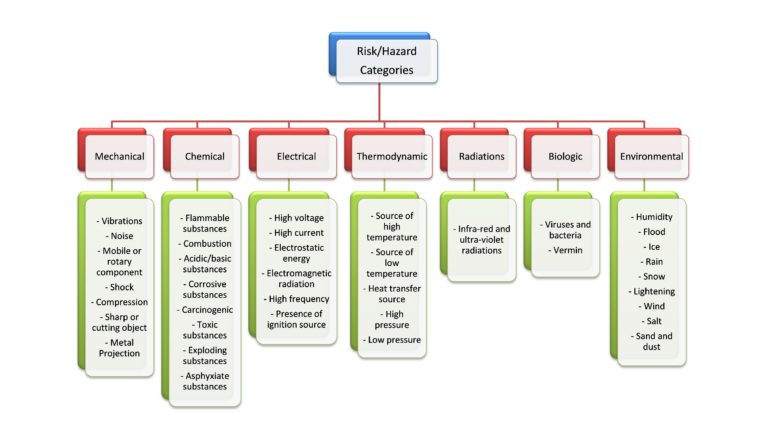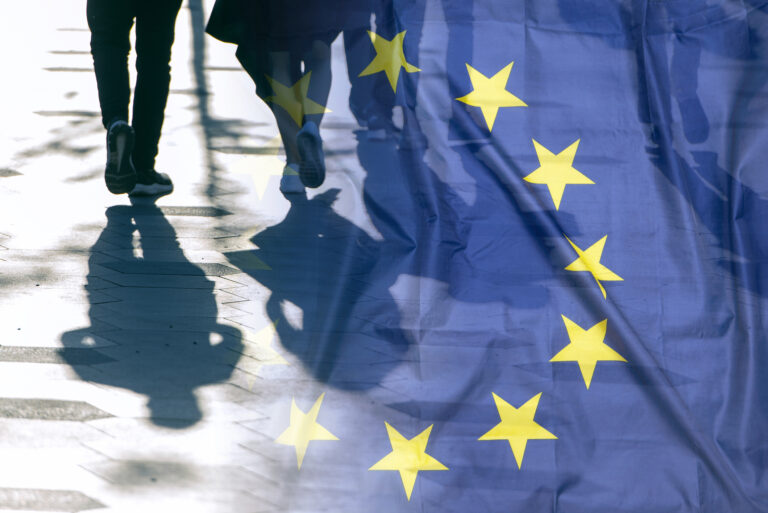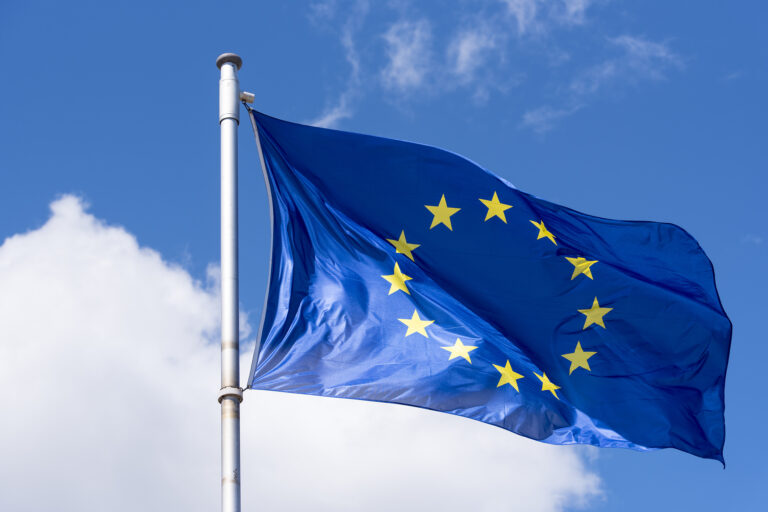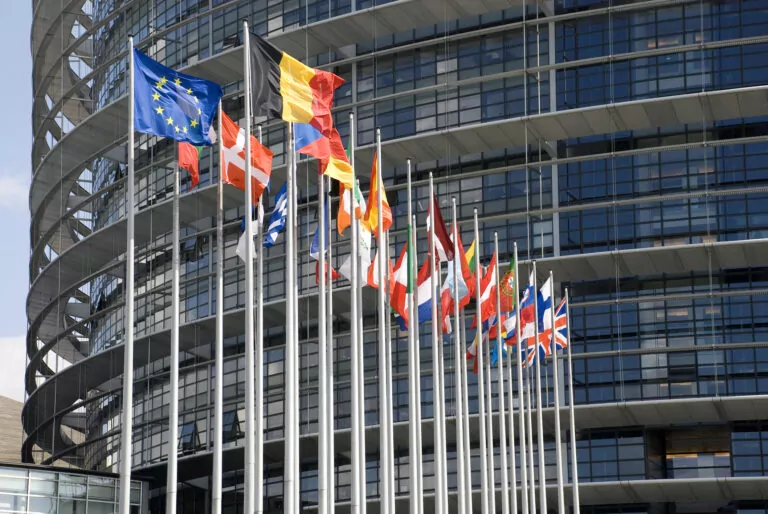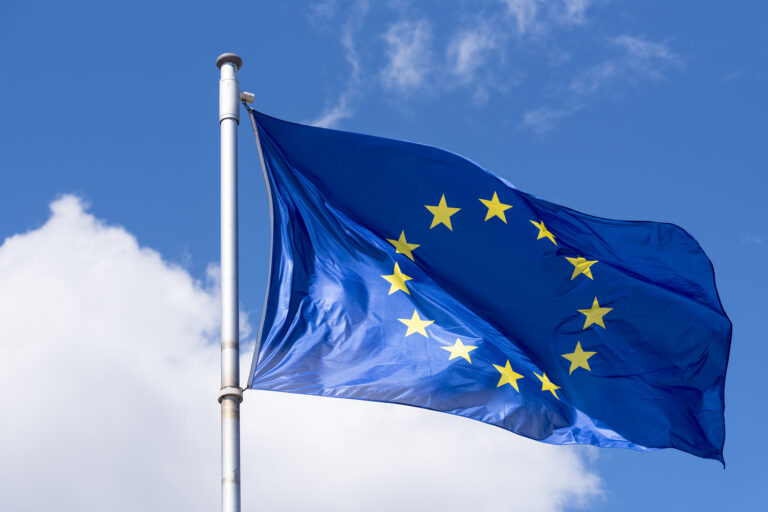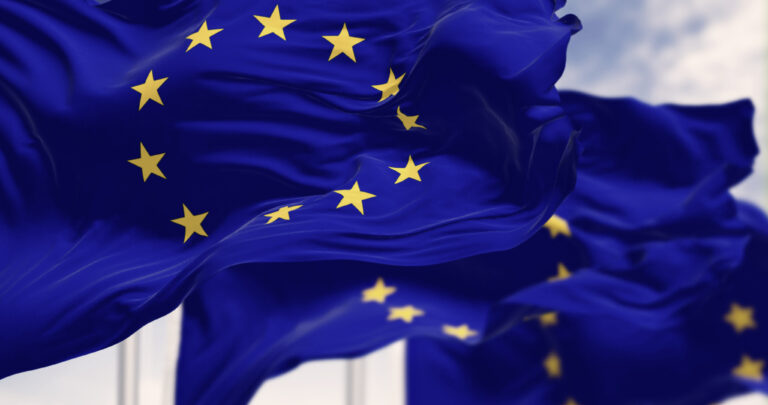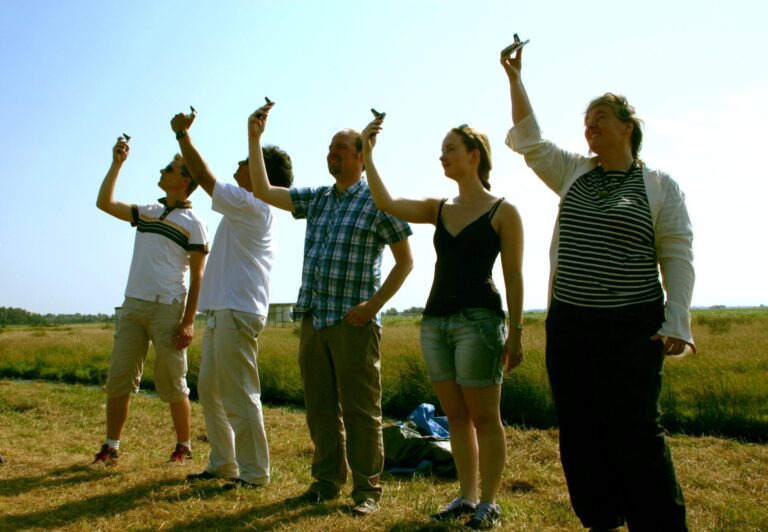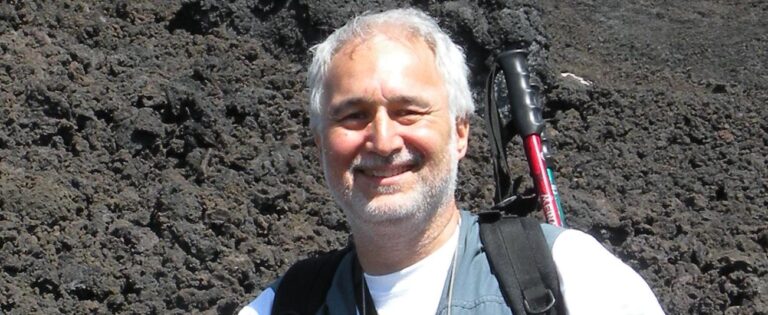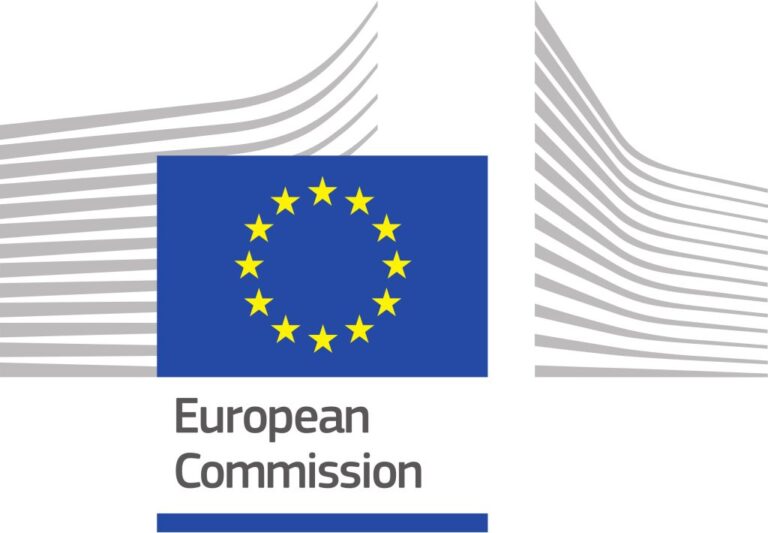Result description
The proposed methodology analyses the variety of hazards and dangerous situations that might be experienced by a battery during its life cycle and provided useful information on how to prevent or manage those undesired events. It identifies the majority of the hazards (or risks) that may arise during the battery life cycle and maps them in the different stages of the battery life cycle considering, performing afterwards an internal problem analysis and an external peril analysis. For both, the dangerous phenomena and the undesirable events resulting from each hazard is evaluated in terms of probability of occurrence and severity. Finally, a preliminary set of risk mitigation measures are proposed to reduce the probability of occurrence and/or the severity level. Preliminary results show that it is possible to reduce the probability of occurrence/severity of all the risks associated to the battery life cycle to acceptable or tolerable levels.
Addressing target audiences and expressing needs
- Collaboration
The methodology is based on a limited set of battery incident data. More data from technology vendors and users is needed to improve internal problem and external peril analyses and to increase the reliability of the risk assessment, so that better mitigation measures can be proposed.
- Research and Technology Organisations
- Academia/ Universities
- Private Investors
R&D, Technology and Innovation aspects
The methodology was validated using limited data from a single technology vendor. For a wider validation, more that from other vendors and, in particular, from final users is needed.
To further increase the TRL level, it is required to implement the methodology in a software tool, which can then be tested and validated in relevant and operational environments.
The proposed methodology can be easily adjusted and implemented in any environment where a Li-ion battery is deployed.
Result submitted to Horizon Results Platform by INESC TEC – INSTITUTO DE ENGENHARIADE SISTEMAS E COMPUTADORES, TECNOLOGIA E CIENCIA

